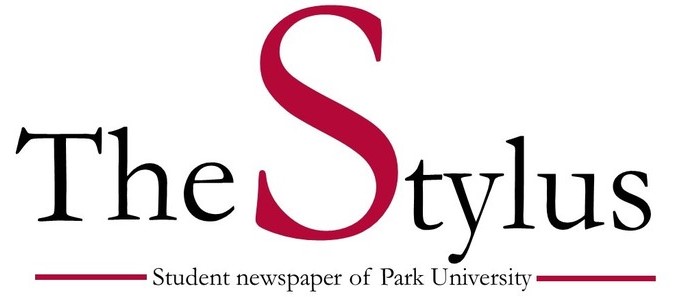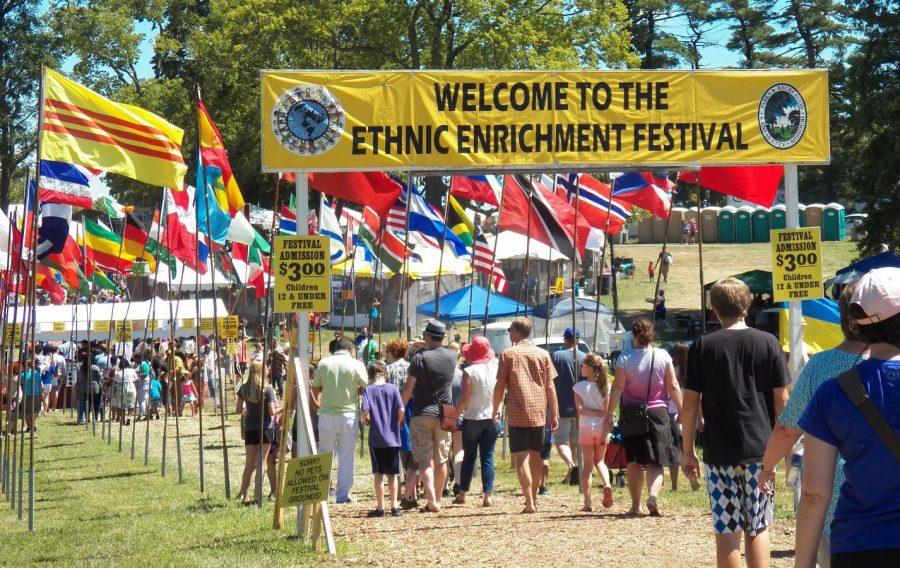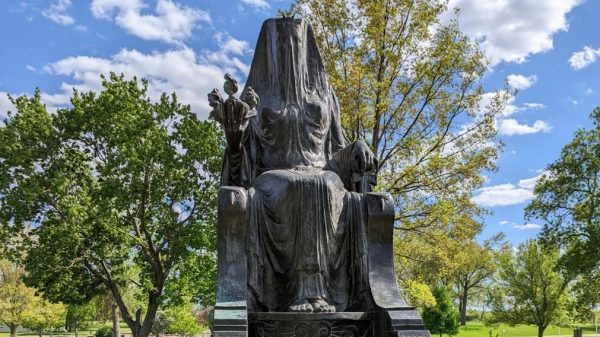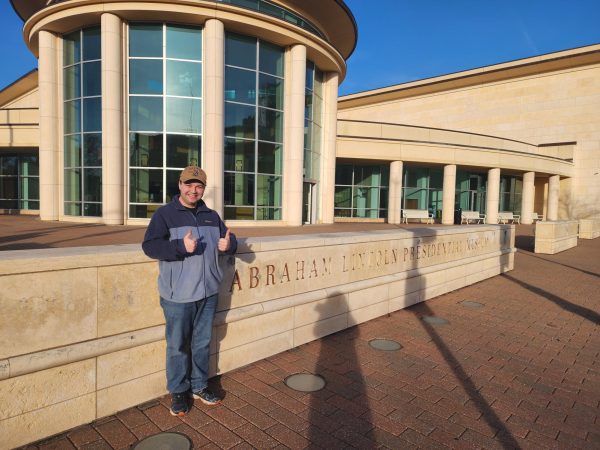Ethnic enrichment can bring ethnic enlightenment
Kansas City has featured a rich and diverse mix of cultures throughout its history. While historically that diversity has not always been celebrated, one place to see the positive growth in the community is the annual Kansas City Ethnic Enrichment Festival. With KC’s diversity growing daily, it’s not a surprise that the festival was bigger and better than ever this year.
It was held August 19-21 in Swope Park.
Annually, the festival brings an amazing array and selection of international cuisines, traditional outfits, song and performances, and crafts to the heartland of America. Boasting itself as one of the largest festivals of its kind in the country, more than 60 different nations and cultures were represented this year.
Living in the Midwest sometimes makes me feel like I’m missing out on exposure to cultures and diversity, especially compared to larger east and west coast cities. Growing up in a very rural community effectively blocked me from being able to dip my toes in experiences unlike my own. Walking through the menagerie of flags cracking in the wind was quite surreal, as it felt like a gateway into an experience I had no predetermined expectations for. Smells of spiced meats and the sound of bells hanging off of traditional skirts wafted the campground, and I instantly felt small. 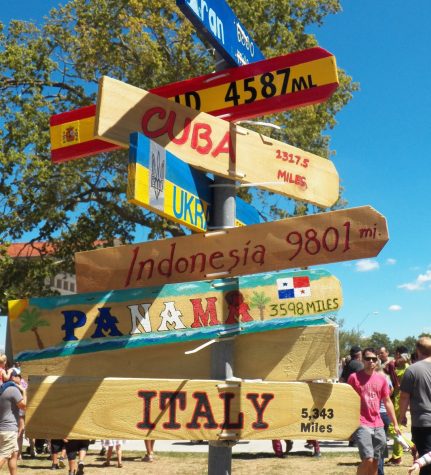
I was absorbing the color and music into my mind when I began to think of my own culture compared to these ancient ethnic roots scattered throughout the festival. What could I claim as my own? I felt pretty sure that Shania Twain and grits were the only thing my roots had helped to contribute to, but I eventually came to a conclusion. When a little girl from Taiwan offered me a papier-mâché plum blossom from her basket of crafts I knew that this was it. My culture was her experience. My culture was not mine, it was all of theirs.
Everything that I was exposed to throughout my life came predominately from other cultures. The farming practices I grew up on came from northern European nations like Sweden and Norway and many irrigation techniques came from practices perfected by Syrian and Iraqi agriculturists. The food I ate was taught through generations of Irish, Welsh and American Indian ancestors that I never got the chance to meet. The house I lived in was made through carpentry techniques first utilized by Chinese and Spanish natives. It felt amazing to be in this thriving center of learning and sharing when I knew that my experiences here were mimicked by the hundreds of others present at the festival.
After many hours of speaking with the workers at their stalls, and after eating enough traditional foods to make my wallet cry, I was able to part ways knowing I left the festival more informed than when I went in. Sure, the music and food were the biggest appeal to me at the time, but the people are what stuck with me the longest. I know my neighbors in Kansas City are proud of who they are, and where they come from, and I’m proud to be in a place that allows me to witness that experience.
Your donation will support the student journalists of Park University. Your contribution will allow us to cover our annual website hosting costs, freeing up other funds for equipment, printing and training.
